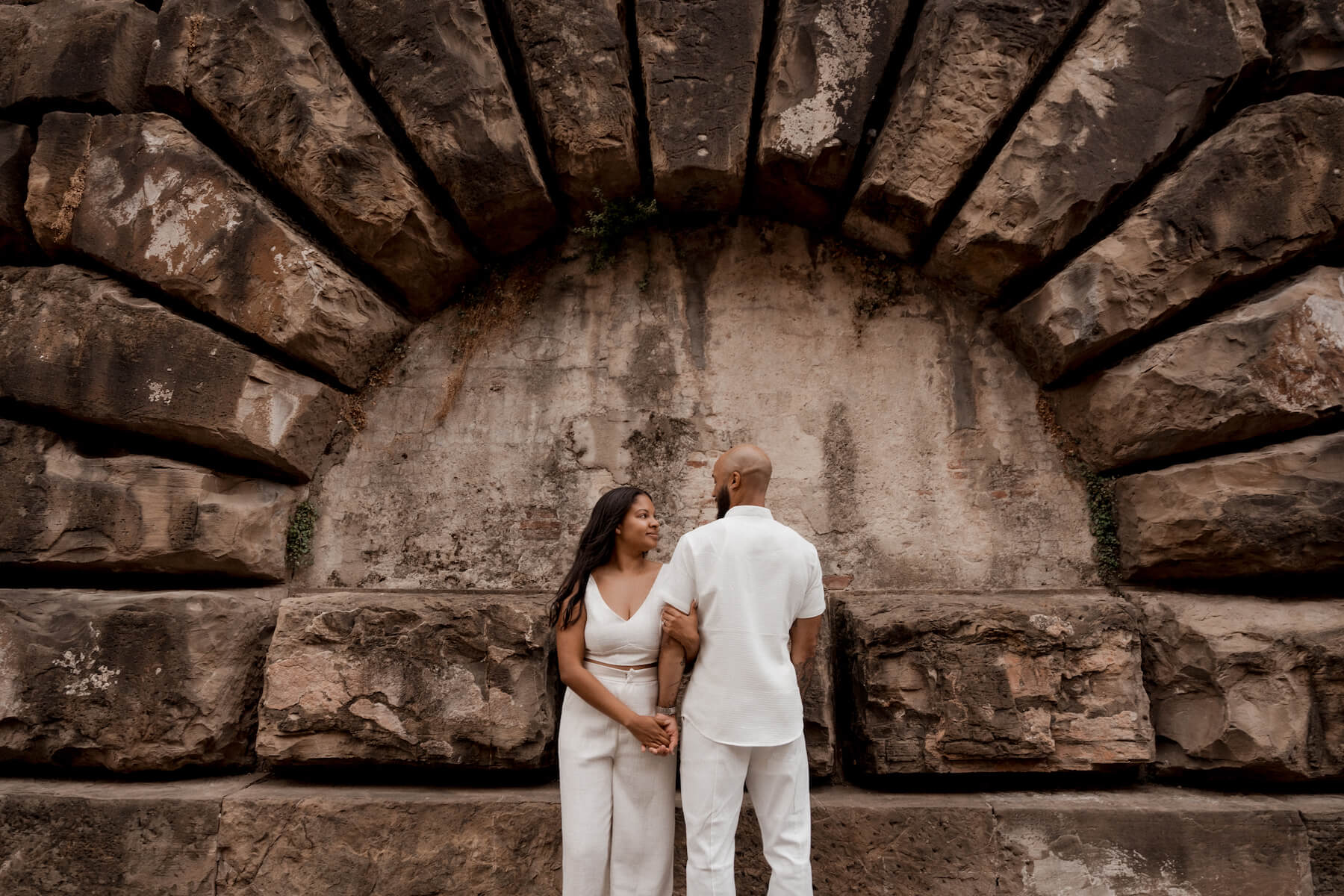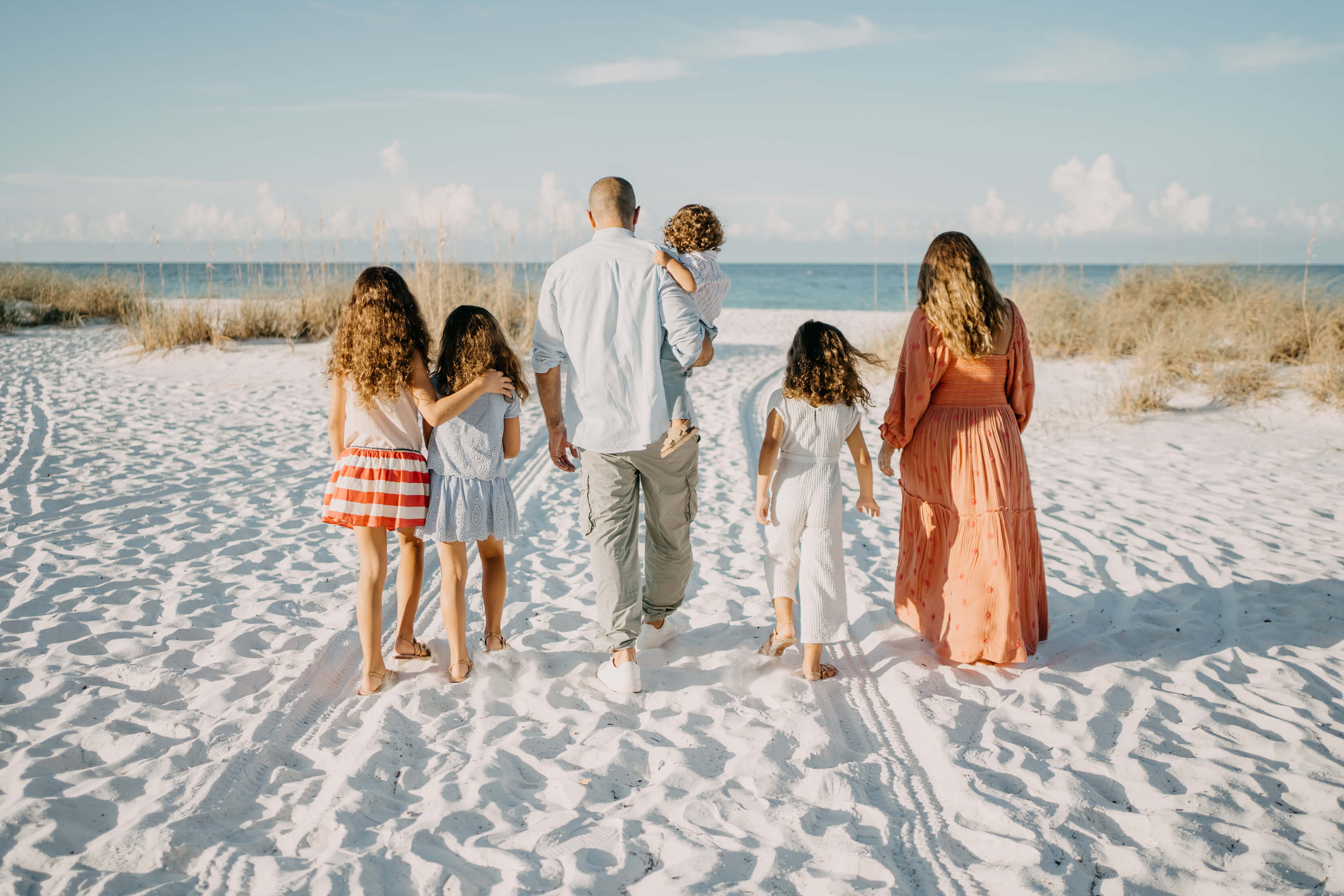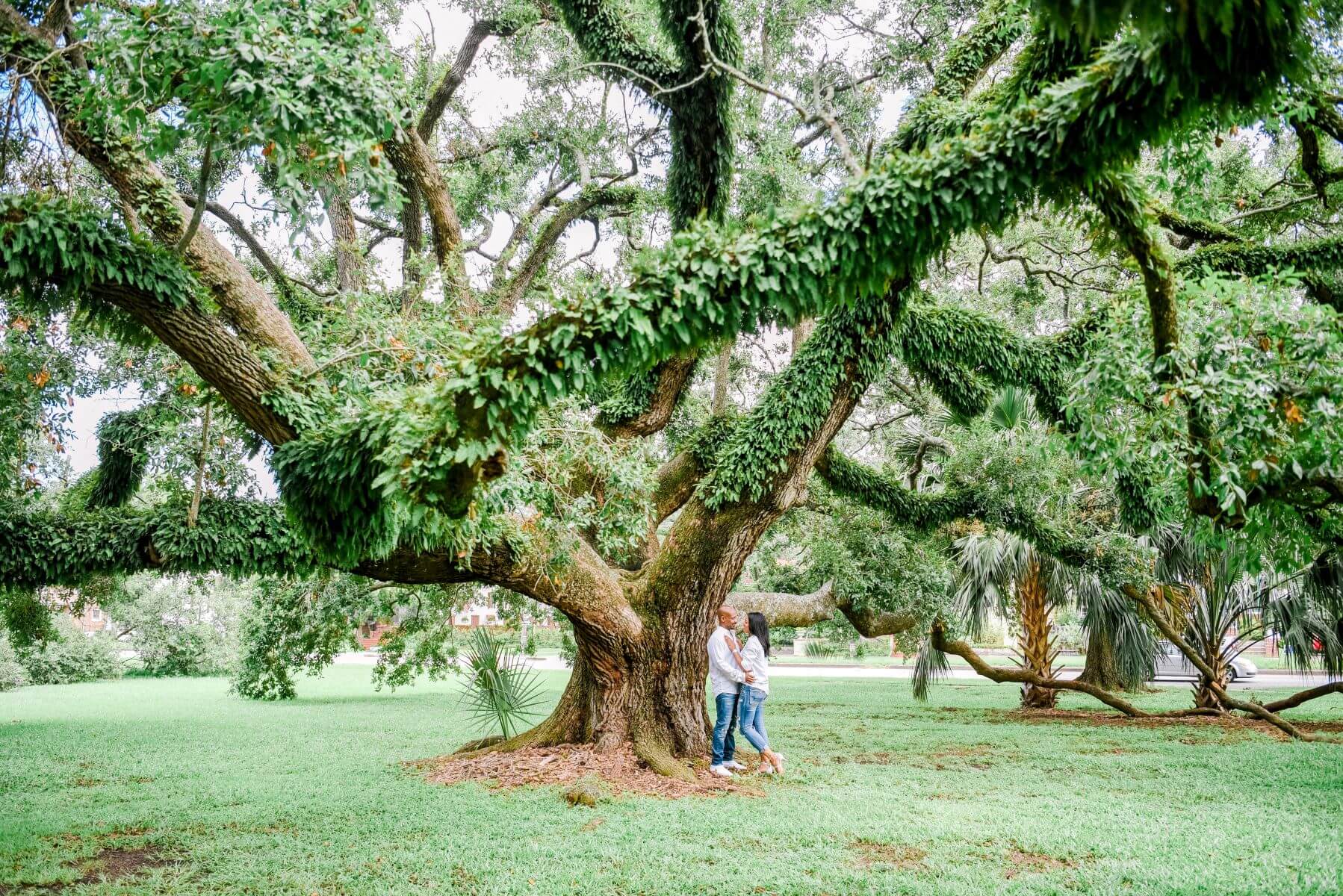Level up Travel Photos
It’s Q&A time, friends! We get a fair number of questions ❓ about what makes Flytographer shoots special, and although we spend a ton of time sharing the many (many!) ways why booking a Flytographer shoot is more than worth it, today we’re going to dive in more technically than we normally do, and discuss the actual tools our amazing professional photographers use: their cameras! 📷 Although iPhones are incredible, convenient, and wonderful in a million ways, there are major differences between a cell phone and a professional camera. Today we’re going to share some of what makes your Flytographer photos superior to those handy iPhone snaps.📱
Here at Flytographer we easily connect people with trusted photographers for fun photo shoots and have captured over three million memories worldwide. 🌎 The magic of Flytographer is both the experience and the photos. Explore the city with a fun, talented photographer and get wall-worthy photos to relive your trip, forever. 🫶 Today, we asked our local photographers to teach us some differences between their DSLR camera and your iPhone camera. Let’s snap to it! 🫰
TLDR
- Smartphone camera vs DSLR — lets differentiate between digital camera technology and smartphone cameras!
- Lighting — cameras have fantastic abilities when it comes to capturing images in low light situations, as well as an unmatched high dynamic colour range.
- Depth of field — professional photographers achieve that beautiful bokeh (blur) thanks to a low aperture, and that’s only authentically possible with a good lens!
- Image quality — the resolution of DSLR images is high quality —making them easily printable in small or extra-large form (wall prints, anyone?)!
- Pixel information — DSLR cameras can shoot in a RAW file format, allowing a photographer to make fine-tune adjustments within editing software that just can’t be customized the same with a standard .jpg image.
- Composition — nothing beats images composed by literal artists— professional photographers have a ton of multitasking skills behind the camera that make for magic in final images— no timers required!
Photo: Tami in Sarasota for Flytographer. Tricia and family capture memories in Sarasota with a family photoshoot on Anna Maria Island.
1. Smartphone camera vs DSLR
First things first—what is a DSLR? 🤔 DSLR stands for “digital single-lens reflex” and it’s just one term used to differentiate a digital camera from other smaller, oftentimes point-and-shoot, cameras. (We’re not going to delve into film at all today—just know we’re purely talking digital for the purposes of this post.)
There are, of course, two main smartphone cameras 📲 popular today—Apple and Android—and there are three camera brands that dominate the professional camera market today—Canon, Nikon, and Sony. In the world of technology, it’s pretty apparent that things develop and evolve fast, and when it comes to camera technology, it’s remarkable how far things have come in the past couple of decades. (I’d venture a guess that many of us were selfie-takers before selfies had a name, let alone a helpful front-facing camera!) There isn’t a “best camera” 🏆 out there, but there are a ton of amazing options to choose from, and all the top brands have stellar cameras with pretty cool features. 😎
We also want to take a moment to note a couple of technicalities—many “fancy” DSLR cameras technically aren’t DSLRs at all (Sony’s full professional line included), since mirrorless cameras have taken over most of the DSLR market. This is more technological jargon that basically means things are moving faster and more efficiently, and mirrorless cameras provide smaller, lighter, and more powerful picture quality than their DSLR predecessors. Again, lots of tech talk, but to spare you the boredom we’re going to keep it at a more general level! When we talk about professional cameras, we’re going to use the term DSLR today to make it easier: professional cameras = DSLR and phone cameras = iPhone. They’re generalizations, we know, but for the sake of time, you get the point! 😉
Photo: Mattia in Lake Como for Flytographer. Austin and partner celebrate a proposal in Lake Como with a proposal photoshoot in Varenna.
2. Lighting
The most apparent, recognizable difference between iPhone and DSLR photos has to do with their ability to control lighting. 🌅 DSLR cameras have mind-blowing abilities when it comes to capturing images in low-light situations. ISO is a camera’s light-sensing capabilities, and cameras these days have high ISOs that also manage to have less grain than ever before—that translates to awesome photos in low light scenes. 🕯
There are two main types of image sensors in DSLR cameras, full-frame ⬛️ and cropped ▪️ (also known as APS-C). Full-frame sensors are equal to 35 mm sensors (for you film fans) and produce the highest quality images. Cropped sensors can vary depending on the brand but are … cropped smaller!
Another perk to DSLR cameras is their high dynamic range, or HDR. 🌈 HDR images allow wild depth of colour in an image (the darkest points vs the brightest points in a photo without one dominating the other by being too dark, or totally blown out). Although it’s possible to get HDR images with an iPhone, it’s just not up to par with what can be replicated on a DSLR camera.
Photo: Kait in Tofino for Flytographer. Brad and partner capture memories in Tofino with a couples photoshoot in Cox Bay.
3. Depth of field
One of the most common requests when it comes to professional images is to have that close-up look where one point is totally in focus while other parts of the image are blurry—that’s what we call bokeh, and it’s due to a shallow depth of field. iPhones call this portrait mode, but most of the time the shots produced look fake or Photoshopped—it’s definitely not a reliable way to get those dreamy images. 📵
Pros get that beautiful bokeh thanks to a low aperture, and that’s only achievable with a good lens! 👀 Low aperture lenses or long focal lengths nail that perfect crisp-yet-creamy professional look. Interchangeable lenses are often collector items of professionals, and our favourites lenses for Flytographer purposes are the prime lens (the photographer moves, not the lens), zoom lens (super flexible and multi-purpose), and wide-angle lens (to get all that beautiful background). 👍
Pro tip: if you have an entry-level DSLR, chances are your camera came with a kit lens which traditionally is mediocre, so upgrading your lens to one with a low aperture is a perfect addition! 💁♀️ If you’re a fan of sports or outdoor photos, a telephoto lens can also be a cool step up.
Photo: Coo & Yurika in Kyoto for Flytographer. Kenny and partner capture memories in Kyoto with a couples photoshoot in the Hagashiyama District.
4. Image quality
The resolution of the images on DSLR cameras is super high quality—images that can easily be blown up for large prints for a gallery wall or for a photo book! 🖼 Although image quality can be awesome with cell phones, there’s nothing quite like what DSLR cameras can produce. DSLR cameras typically rock in the megapixel department, and lots of megapixels can mean even better images. 💯
Photo: Ellie in Florence for Flytographer. Alexandra and partner capture memories in Florence with a pre-wedding photoshoot in the Oltrarno Neighbourhood.
5. Pixel information
DSLR cameras can shoot in a RAW file format, which allows a photographer to make fine-tune adjustments within editing software like Lightroom—bringing up shadows, bringing down highlights, adjusting exposure, and even isolating specific colours that appear in the image—all without compromising image quality. 🙌 Once files are manipulated, they’re “flattened” if you will, and saved in .jpg format for easy saving, printing, and sharing. This manipulation is only possible due to the file format, which is also only compatible within software held by the pros. 💻
Photo: Darine in Banff for Flytographer. Juliana and friends capture memories in Banff with a friends photoshoot at Lake Minnewanka.
6. Composition
One of the best (and most obvious) selling points to hiring a professional is because they are professionals! No matter how keen an eye the stranger who you asked to take “a quick picture” has, chances are there’s a limb or head cut off, a stranger or dozen in the background, or any of the other million potential flaws that could exist. Your Flytographer photos are composed by an artist—a literal pro. 👑 Everyone can be in the frame, and your photographer is in charge of the angles, lighting, and more! Don’t believe us? See the difference for yourself with Flytographer vs Selfie.
Photo: Stathis and Christina in Santorini for Flytographer. Emily and partner celebrate a honeymoon in Santorini with a honeymoon photoshoot in Fira Village.
Flytographer vs iPhone
Any camera is better than no camera at all—truly! Whether you have a brand-new iPhone or are sporting a much older mobile phone, a camera is a camera; pictures are always a good idea, and capturing memories is something we’re wildly passionate about, so no matter what you do—take the photos! You don’t need a dedicated camera to take beautiful photos, but we can tell you that you won’t regret professional photos taken by a DSLR. There are differences, and they’re significant!
We hope this iPhone vs DSLR debate has been eye-opening and insightful and has inspired you to look past your own screen and rely on a pro with a viewfinder who can work their magic to capture you (and the ones you love) in truly remarkable ways. 🥳 DSLR photos and images created by a professional photographer can be accessible, affordable, and always worth it. We can’t wait to capture you! 💞

































